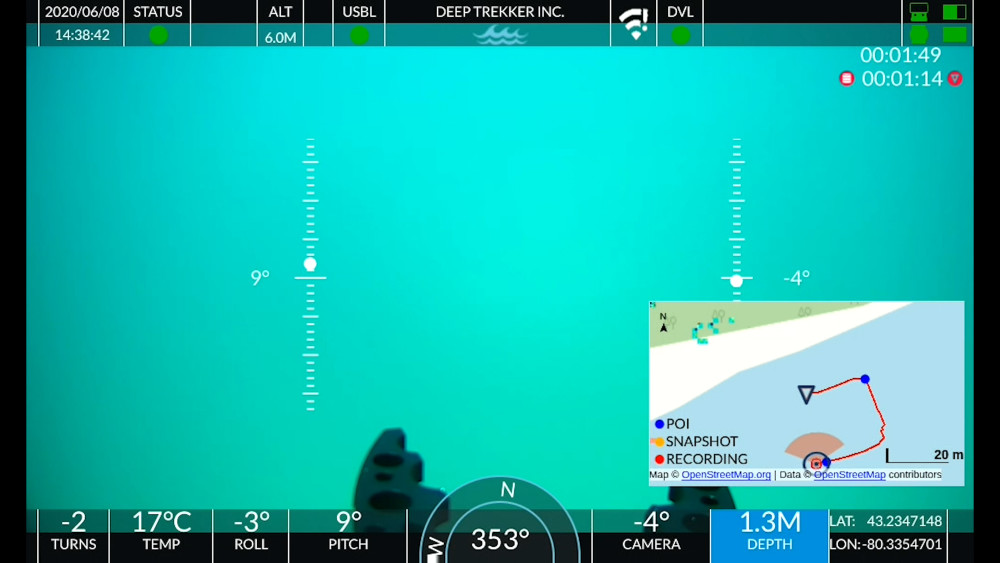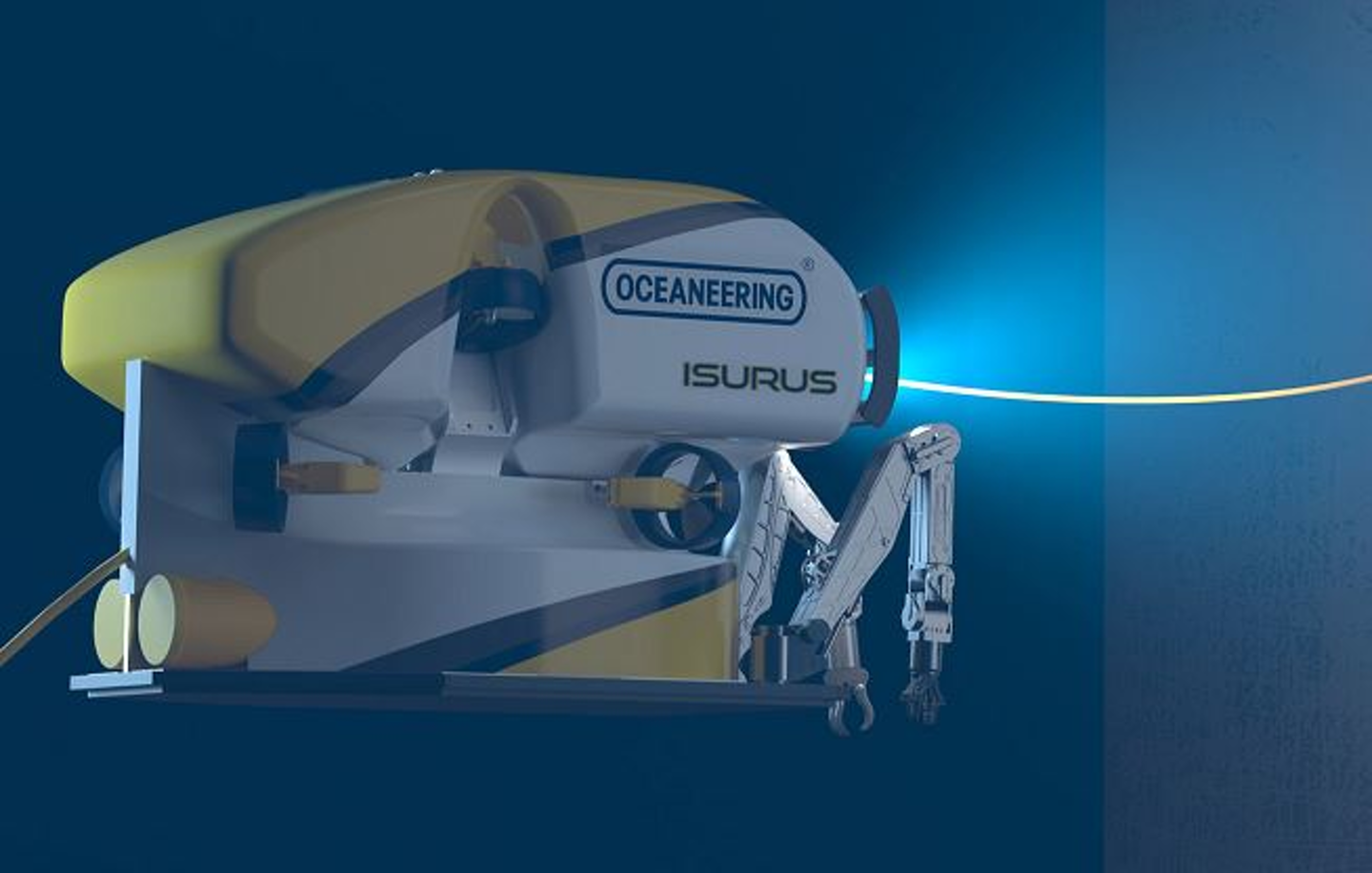Home › Forums › ROV › Self/Home Build ROV Discussions › Hello and help appreciated! :)
- This topic has 8 replies, 5 voices, and was last updated 12 years, 6 months ago by
Josh.
-
AuthorPosts
-
November 3, 2011 at 9:52 am #4653
Josh
ParticipantHello everyone!
My name is Josh, I’m 21 years old and from Surrey in the UK. How you doing?
Thanks for welcoming me to this forum….I really appreciate it as it’s good to have a place where you can interact with people.
Down to business however, I am thinking of building an underwater rov (kinda) for my next project….Like any newbie, I have come in hand with numerous questions that seem too obvious to answer and will make you wonder what has happened to the education system of today….
….the rules for my project are that it must not cost more than £200 for the making of the rov and that it can achieve decent imagery both moving or static underwater at a decent depth.From what I’ve seen, actual underwater rov’s have not been designed cheaply enough to dive hundreds and hundreds of feet down and capture it on film….I was thinking more of designing a submersible rov….by doing this we would not need the cost of electronics amongst other things and could achieve a deeper depth.
A little idea that sprung to my head was if we were to have a weight at the bottom of a tether rope, then followed by the submersible sphere with as much as a few lights, a battery and a couple of cameras, then followed with another weight above that to balance it out.
(Bear in mind I feel ridiculous clueless right now….)
Then we could lower the aforementioned design into the Sea (yes, sea) and once it has reached the required depth, we could move the boat we’re lowering from, slowly in order to pull along the camera (around an object such as a shipwreck). We would of course have a tether line to monitor the camera’s imagery on board.I look at what I’ve just written and wonder how viable this really is….what I need to know from you guys is, whether this is do-able or not? And if not, which part of logic did I skip?
I’d appreciate constructive criticism as I know that it’s easy to laugh behind the computer screen….I’m sure you guys are not like that anyway.
My aim is to capture imagery of a shipwreck using a submersible rov built for under £200.Many thanks and looking forward to your replies!
Josh. 🙂
November 3, 2011 at 1:49 pm #31684barrowmafia
ParticipantHi,
Well firstly, i think you will find the project interesting, but i think you will be very lucky to be able to produce this on a £200 budget. Everything must be 100% watertight, this does not come cheaply. Also you must remember about the pressure of the water. At 50m, the pressure on your equipment will be about 71psi, so on each square inch there will be 71 pounds pressing on to it. You will also have no way of positioning your camera, it will rotate, due to current and movement of the boat.Anyway,good luck and keep us informed of progress,
Benny
November 3, 2011 at 2:29 pm #31685Josh
ParticipantHi,
Well firstly, i think you will find the project interesting, but i think you will be very lucky to be able to produce this on a £200 budget. Everything must be 100% watertight, this does not come cheaply. Also you must remember about the pressure of the water. At 50m, the pressure on your equipment will be about 71psi, so on each square inch there will be 71 pounds pressing on to it. You will also have no way of positioning your camera, it will rotate, due to current and movement of the boat.Anyway,good luck and keep us informed of progress,
Benny
Thanks Benny!
What kind of budget is more agreeable?
Thanks for your points. It’s exactly why I’m telling everyone about my idea now. I don’t want to get months down the line of building and then have someone bring up a new problem altogether!
I’m trying to get as much information as possible to measure up whether it’s worth doing or whether it’s worth thinking about another project.
Hopefully others on this forum will have some ideas.Josh.
November 4, 2011 at 10:25 am #31686Martin Wareham
ParticipantHi Josh,
Sounds like you’re tlaking about a towed fish or a drop camera. £200 sounds a bit tight but definitley more attainable than an ROV with thrusters on it etc.
Martin
November 6, 2011 at 3:53 pm #31687Savante
Participantinteresting proposal. Following questions for you.
1. Ultimate depth required?
2. Vessel used as operating platform?
3. Number of personnel avaialble?
4. Is this a one-off project or do you intend on using the same gear for multiple surveys?
5. Is it the technical challenge that is the focus of the project or the collection of video footage of the wreck that is important? (i.e considered hiring something decent instead of building?)
6. name of the wreck? location? 😆November 6, 2011 at 4:07 pm #31688Josh
Participantinteresting proposal. Following questions for you.
1. Ultimate depth required?
2. Vessel used as operating platform?
3. Number of personnel avaialble?
4. Is this a one-off project or do you intend on using the same gear for multiple surveys?
5. Is it the technical challenge that is the focus of the project or the collection of video footage of the wreck that is important? (i.e considered hiring something decent instead of building?)
6. name of the wreck? location? 😆Hi Savante,
I didn’t introduce myself properly to this forum as wanted to start again with no recognition for what I’ve done but head over to my website to see my latest succesful project:
http://www.joshingtalk.comThis will help explain why I’m considering this project but I’ll go through your questions as well :):
1.Ultimate depth is still being considered as 6. I’m unsure of a wreck to head for although I guess it needs to be off the coast of the UK somewhere.
I wanted to see how viable the project was before I went into further planning.
2. I am hoping from my contacts that we could find a willing person to help out with a boat and I know a couple of people personally who have small boats that could do the job. Failing that, funding could be thought out.
3. Again, the success of my last project means a lot of people are behind me but I want to keep the project relatively personal until the time comes where I can use the support from a majority.
4. It’s a one off as with my other projects BUT I always look to use the knowledge or indeed the construction again in future projects.
5. It’s more the technical challenge as I like to build and design products using consumer market materials and using a skill set or knowledge base that anyone can learn. The results I get from it would be superb evidence that this is an achievable feat and inspire others to give it a go.
Hence the low budget and poor knowledge on the topic, I thought I’d come along to this forum for your advice.Hope this answers the questions. Feel free to email me personally should you want to discuss more!
I hope you understand what I’m getting at….I’d be really excited to continue a project like this, should the ‘do-ability’ of it, seem feasible.Josh. 🙂
November 12, 2011 at 3:26 pm #31690Lemmin
ParticipantHi Josh
Welcome to the forum – you’ve obviously set yourself a bit of a challenge.
Firstly, your design is very similar to devices that a lot of survey companies use for environmental survey work. Rather than an expensive ROV, I’ve seen simple designs that are basically a weighted angle iron frame (usually in a box or pyramid shape) with some lights and a camera. If an interesting formation shows up on the sidescan sonar survey, the ship will hover over the site and the camera can be lowered down. Some of these are used at thousands of metres depth. The drawback is that visibility is very poor underwater, and towing a camera around on the end of a cable makes it very hard to line up good shots – tide and current have a big effect. Most of these cameras are fitted with legs that hold the camera around 50cm from the sea bed, and are mainly used for "ground truthing" – proving that what they believe they see on the sonar is what they actually see. The UK-based company I’ve most recently seen using this type of system is Gardline Marine Sciences – if you email them they might give you some pointers, since they appear to have made their own!
If you do a google search for "underwater drop camera" you’ll find several commercially available versions of what you describe, some very simple (a camera with lights on the end of a cable), others more complicated.
As a home-build idea, I’d say your project is possible within your budget, depending on what depth you want to go to, and what tools and resources you currently have. For a depth of, say, 100m, you could probably get away with machining some watertight enclosures out of aluminium (or even plastic) to house a cheap CCTV camera and some LED lights. The camera and lights could be strapped to a simple frame. You could power these from the surface using a car battery and some speaker wire (voltage drop over 100m of wire shouldn’t be too great) and pipe the video back up over co-axial cable. Seal the holes with silicone sealant (or special marine sealant such as SikaFlex if your budget will stretch) and you should be good to go.
If you want to go below 100m, the engineering starts to get more challenging. As you’ve pointed out, an on-board battery could be used to power the device (which would get around the problem of voltage drop over long cables) but then you need a larger watertight enclosure, which becomes expensive. Filling your enclosure with oil and using a compensator means you can have a thin walled enclosure, but the components inside then need to be pressure proof. Alternatively you can fill the entire enclosure with a chemical hardened liquid plastic potting compound, which makes it pressure proof, but also means it is hard to work on if you want to modify or repair.
Something else to think about – if you have a single weight bearing cable, and other cable(s) for power/data, chances are you’ll find your camera platform rotating as you lower it, and the electrical cables will wrap around your main lift cable and run the risk of snapping. Even if they don’t, they will tend to get tangled together! If you attach a large diameter weighted pulley to the bottom of a loop of main lift cable (so you have a single cable running from the surface, down to the pulley, and back up to the surface again), you may be able to control spinning – by running your camera platform down both lines of the loop, you will also get some control over where you point it. Hard to explain, but hopefully that makes sense!
To sum up, I think your project is definitely possible for under £200, so long as you are happy to confine yourselves to the wrecks around the UK (most of which are in less than 100m of water). If you want to video the Titanic, you might need to increase your budget!
Good luck, and let us know how you get on!
LEM
November 12, 2011 at 6:10 pm #31691barrowmafia
ParticipantHi,
I reckon a lot of the guys on here have a few bits and bobs kicking about that will help you on your way. You will find that most companies have some umbilical, that may have a core or two down, but could be used for this project.
Other that that, you may be able to borrow some gear also, its worth a try.cheers
benny
November 14, 2011 at 12:33 am #31689Josh
ParticipantThanks guys for all your tips and help.
I am considering my options for my next project but am really gearing towards a submersible, thanks to your words.
With a little more research and in the know that you guys would help this project and offer advice when needed, I’ll be able to make that decision!
Many thanks and I’ll be in touch soon,
Josh.
-
AuthorPosts
- You must be logged in to reply to this topic.



